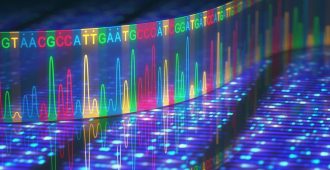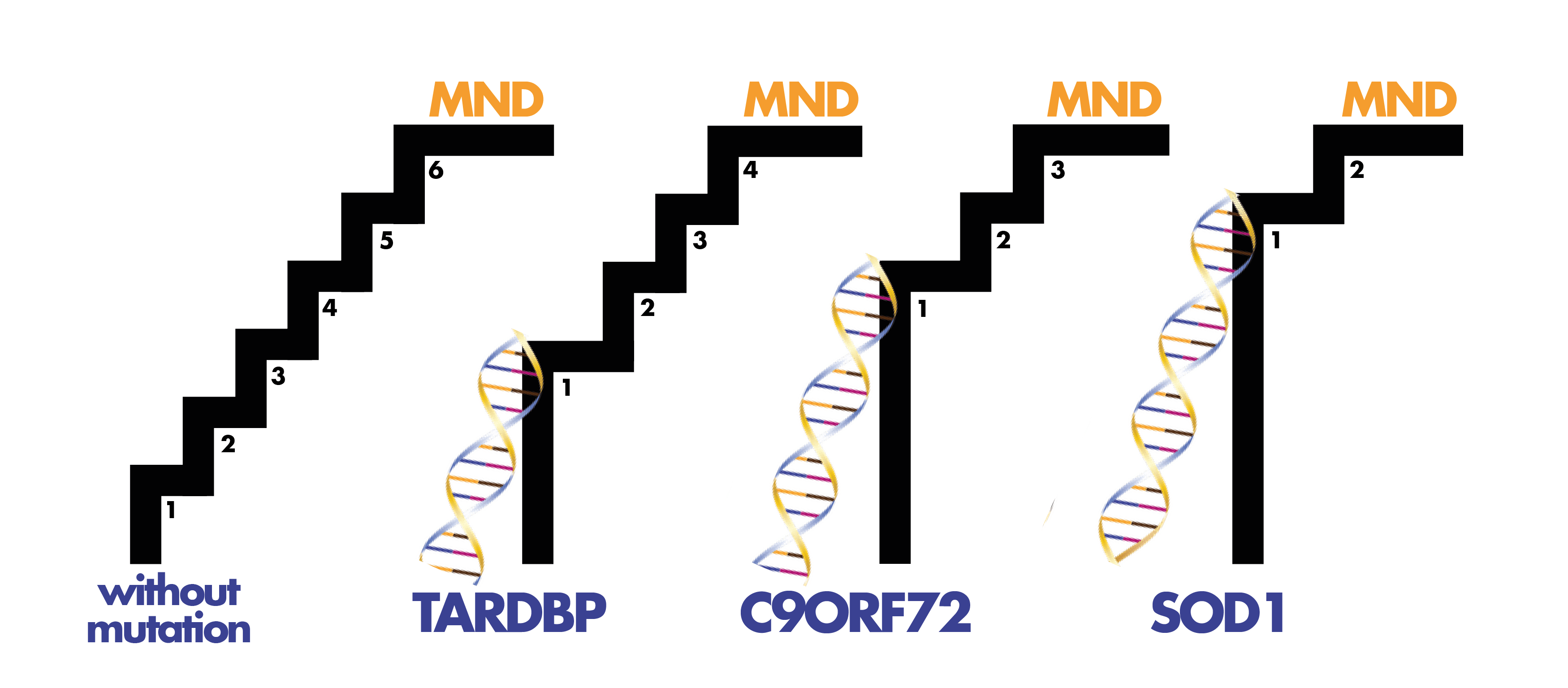We’ve been extremely excited about this research finding for a while now and have closely followed the progress of Prof Ammar Al-Chalabi’s publication as it was accepted into the prestigious journal Lancet Neurology. At times this was a rollercoaster journey – one that we were carefully watching from the sidelines with baited breath.
The reason why we’re more excited than normal is that this is also the first time that results from DNA samples from our very own DNA bank have been published. The DNA bank has been collecting blood samples from people living with MND, family members and controls in the UK for over seven years and it now collectively holds nearly 3,000 samples.
Over 600 of the samples donated by people living with sporadic MND were used in this ‘whole genome wide association study’ (which uses state of the art technology to scan the genetic code for spelling variations as compared to healthy controls) to find a region of DNA (that contains three genes) within chromosome 9 that is associated with sporadic MND, a condition called ‘fronto-temporal dementia’ (FTD) that affects behaviour, emotional response and language skills, as well as a rare inherited form of MND called MND-FTD.
This means that people who have already donated a blood sample to our DNA bank have played a vital role in this research finding. As all of the samples are anonymised, it is not possible to find out which samples have been used in this research project.
So, this is not only another ‘hop’ forward onto the next stepping stone on our journey to understand more about the underlying causes of MND, but it’s also an exciting step forward in the development of the DNA bank. We hope this is the first of many!
At present, only the researchers who have helped us to set up the DNA bank can apply to use the samples in their studies but at some point in the near future we will open the bank to other researchers so that they can apply to use them in their studies.
Read our news in research article on this finding
Read our press release on this finding
Read the scientific paper: Shatunov A et al. The Lancet Neurology 2010; DOI: 10.1016/S1474-4422(10)70197-6





